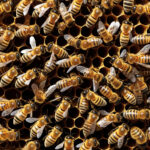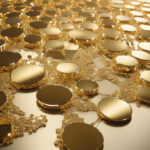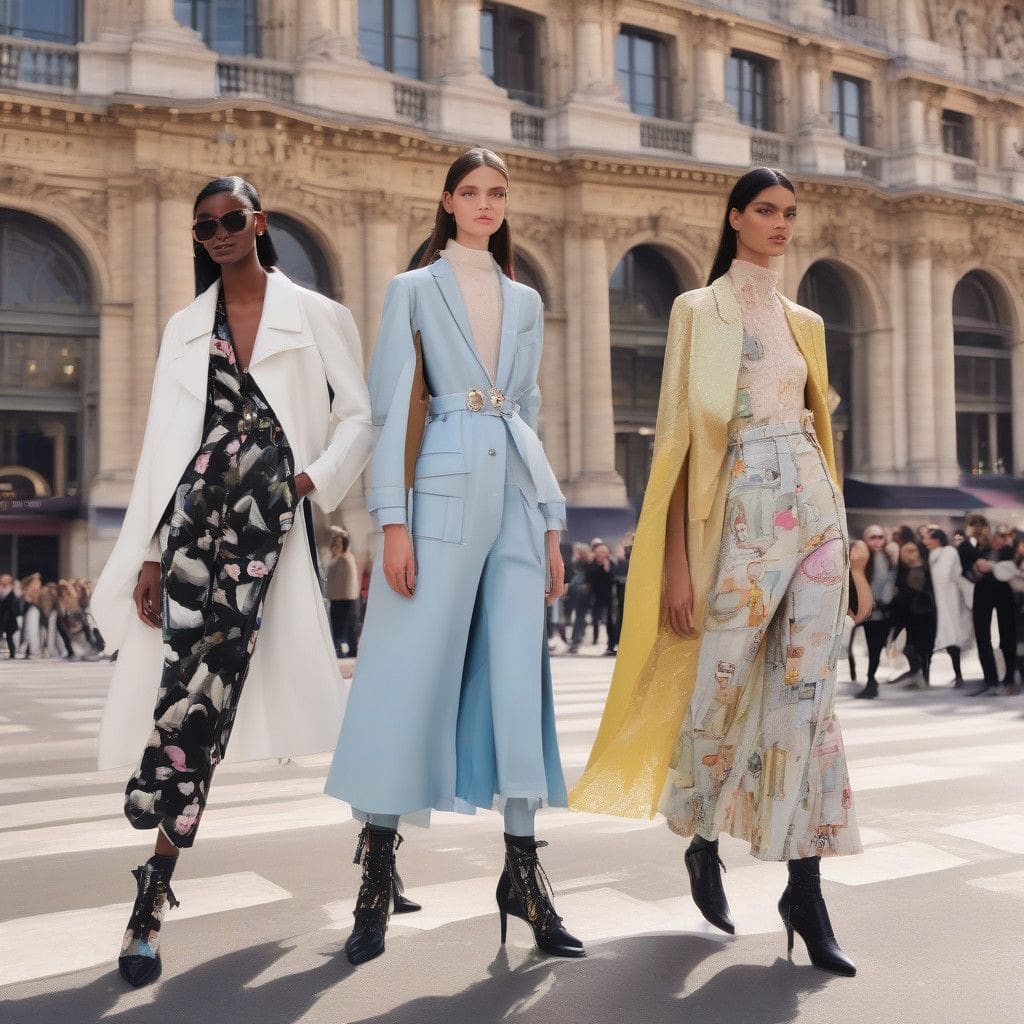The Paris Fashion Week has long been a platform for innovation and creativity, showcasing the artistry of the fashion industry. On Day Two, two prominent designers, Nicolas Di Felice for Courrèges and Julien Dossena for Rabanne, shared the spotlight, but each presented a distinctive vision that captivated their audiences.
Nicolas Di Felice’s Courrèges collection was interpreted through the lens of infinity—symbolized by a Möbius band that served as the show’s invitation. He proposed a narrative of evolution that connected his pieces, with each look intricately building upon the last. For instance, the initial look served as a foundation for the subsequent outfit, emphasizing a logical progression that, although challenged by viewers to grasp in real-time, aimed to draw them into the concept of infinity dressing.
Di Felice’s craftsmanship celebrated the transformative nature of clothing. The show opened with a striking leather cowl, which evolved into a coat and eventually morphed into a series of dresses that appeared to flow like water. Key pieces included bras that seamlessly transitioned into collars or straps, emphasizing fluidity in design. Such elements transformed and adapted, reflecting water’s movement and echoing the theme of transmogrification throughout the collection.
This approach was not merely for aesthetic appeal; it hollered the strength of female physicality. Di Felice’s designs maintained an audacious ethos, challenging societal norms around the female form. His signature bra tops, reminiscent of visual censorship cues from his youth—like Instagram’s notorious white squares—pushed boundaries while paying homage to the original legacy of Courrèges, known for its bold and forward-thinking approach to women’s fashion.
As the show progressed, the transformed venue featured a large void at its center that communicated the flowing nature of water, punctuated by the sounds of ball bearings rolling to create an ocean-like ambiance. This thoughtful installation underscored the dynamic between sound, movement, and visual artistry, culminating in an experience that extended beyond the runway.
Following Courrèges, Julien Dossena presented his collection for Rabanne, aptly named “Material Girls.” The title itself evokes a blend of nostalgia and critique, playing on the complex relationship between materialism and femininity. Dossena’s presentation was equal parts ostentatious and reflective, showcasing garments that shimmered with gold leaf, an emblem of luxury and decadence. A standout moment featured model Libby Bennett, who left impressions of gold leaf across the catwalk while carrying a stunning bag composed of 371 discs of 18-carat gold, symbolizing craftsmanship and excess.
Dossena pointed to formative ideas within the show, drawing inspirations from Todd Haynes’s film Safe, exploring themes of confinement and protection juxtaposed with a yearning for freedom. His designs elicited a tactile experience, as garments echoed materials reminiscent of candy wrappers and gift packaging—emphasizing an interplay of vulnerability and strength. This layering of fabric not only added depth to his designs but also invited viewers to interpret the collection through their lenses.
Both designers, while friends, articulated divergent philosophies through their collections. Di Felice fused thoughtful design with a message about the evolution of femininity in fashion, while Dossena critiqued the relationship between materialism and the modern woman.
As these two shows unfolded in the heart of Paris, they collectively reinforced the power of fashion as a medium that reflects both personal artistry and societal dialogues. Their work serves as a testament to the ongoing transformations within the industry, challenging conventions and inviting discourse among audiences and critics alike.
As we consider the narratives embedded within the presentations, it becomes clear that the future of fashion lies not merely in the garments worn but in the conversations they inspire.











